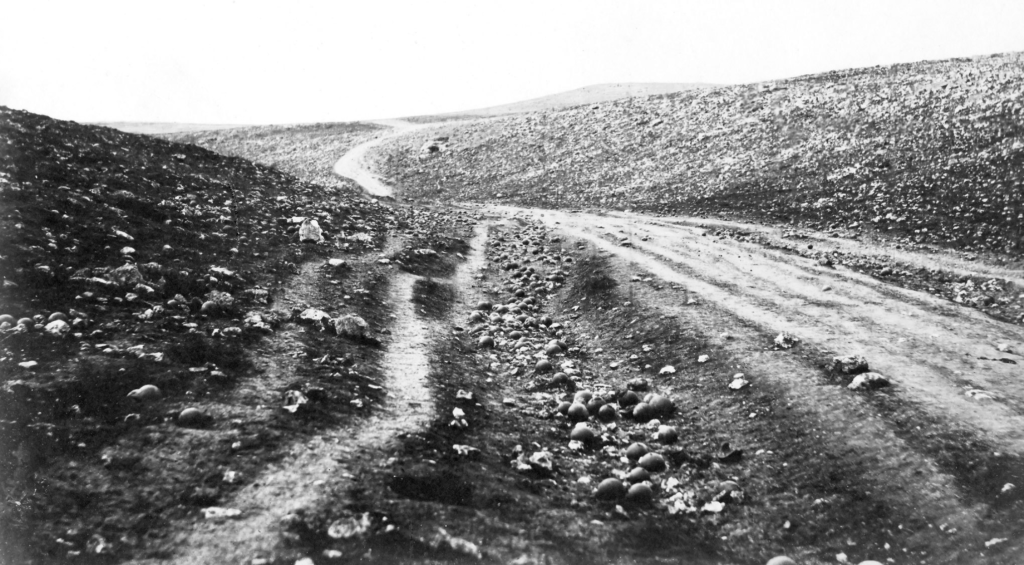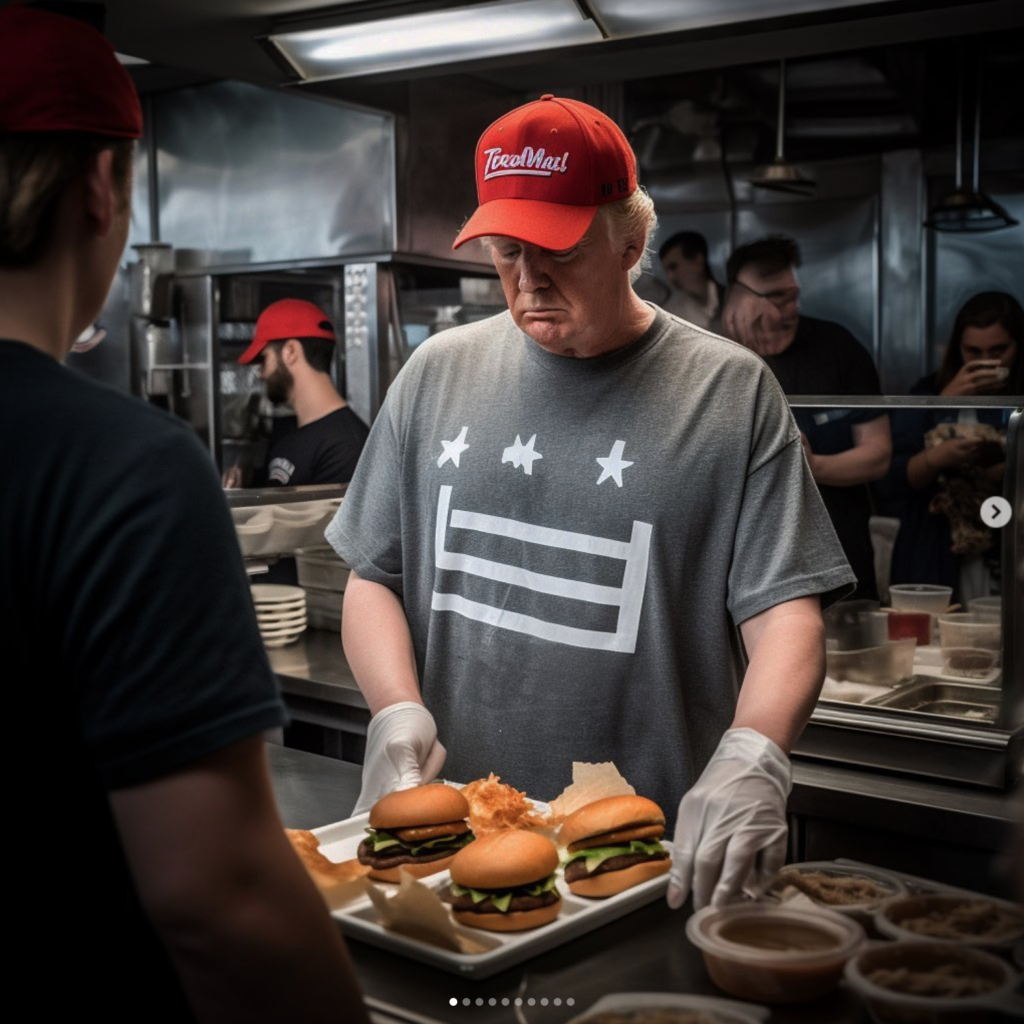Hypothesis: Photography and Truth: Can a photograph lie?
The word ‘photography’ means drawing with light. Which originates from the Greek word of photo. It was created in 1822 in which Joseph Nicéphore Niépce took the first image. I believe that photography can be viewed in two ways. Some people believe that photography should be considered as a threat to traditional artforms such as painting and drawing as photography takes away the human touch from each canvas. On the other hand, it can be viewed as a way to express the truth, as a raw image does not hide anything. The development of photography as we know it today started with the invention of camera obscura, this was a device which was able to project an image onto a surface. Camera obscura has been used as a tool for artists to use to allow them to trace images. However, this device does not permanently capture the image.
Artificial Intelligence, also known as Ai is the development of computer systems that can do things which would typically require human intelligence. Ai systems analyse large amounts of data and recognise patterns which enables them to make decisions or predictions based off of the data they have received. Ai has many benefits, and the main benefit is that it can help by advancing healthcare. This can be done as Ai can assist with disease protection, medical image analysis, drug discovery and many more. While artificial intelligence has many benefits, there are also many drawbacks, and challenges associated with its development, One of which being bias and discrimination. As Ai systems can become biased from the data they received while being trained. However, Ai is hugely used in photography to enhance and automate editing processes which is much faster and easier to do now compared to the times before the invention of artificial intelligence.
For example, In film photography, the darkroom was an essential part of the editing process. Photographers used various techniques to manipulate the exposure and contrast of prints. This involved adjusting the exposure time during the printing process, using dodging and burning techniques to selectively lighten or darken specific areas of the print, and applying filters to modify the color balance. And also, photographers or specialised retouchers would use pencils, brushes, and dyes to manually retouch and manipulate prints. This could involve removing imperfections, enhancing or softening details, or even adding or removing elements from the image. Making these types of processes take a long time, whereas now a days you are able to re touch an image in a matter of seconds using ai. in order to create multi exposure images photographers would expose the same film negative multiple times or combine different negatives which gives the effect or merged images together. The two images below are called “valley of the shadow of death” taken by Roger Fenton. Although both photos are very similar, there is one major difference and that being the cannon balls in the road. The area where the photo was taken was named valley of the shadow of death as it was well known for the continuous amount of bombing/ shelling which took place there. Film-maker Errol Morris went to Sevastopol in 2007 to identify the site of this “first iconic photograph of war”. He was investigating a second version of the photograph without cannonballs on the road and the question as to the authenticity of the picture. Hitherto opinions differed concerning which one was taken first, but Morris spotted evidence that the photo without the cannonballs was taken first. He remains uncertain about why balls were moved onto the road in the second picture.
https://en.wikipedia.org/wiki/Valley_of_the_Shadow_of_Death_(Roger_Fenton)


The digital age has undoubtedly transformed the way photography is practiced and the potential for altering the truth within images. While traditional film photography also allowed for manipulation through darkroom techniques, the invention of digital technologies and software like Adobe Photoshop has made it easier to edit and manipulate images in more sophisticated ways. This has raised concerns about the authenticity and truthfulness of photographs. Programs like Adobe Photoshop provide powerful tools for editing and manipulating images. With these software tools photographers can adjust exposure, contrast, colours, and other things, as well as remove or add elements to an image. This has the potential for both subtle enhancements and more dramatic alterations that can significantly change the content and truth of an image. The image below is an Ai edited image of Donald Trump working in a fast food restaurant by Phillip Toledano. Toledano created this image using an Ai generated app, Midjourney. He believes that a photograph should be like an unfinished sentence. When creating these images Phillip Toledano focused on how Donald Trump portrays himself and generated the images to do the opposite. Trump has an obsession with showing off his his power and projecting his strength, however, the series of images which were made makes him look weak, and are degrading. This series of Donald Trump that Toledano created has no relation ship with either photography or the truth. However, it shows the creativity and skill that comes behind editing and the power that is held within Artificial intelligence.

In conclusion, I believe that photos can lie. This is due to the fact that as soon as camera is picked up you aren’t always getting the ‘full picture’ as the lens won’t be able to capture all 360 degrees of the frame, and that is before editing is even mentioned. It’s important to note that while digital manipulation raises concerns about truthfulness and authenticity, not all image editing is obvious and stand out. For example, ‘ Valley of the shadow of death’ looks as if the cannon balls were edited out. Many photographers use editing techniques to enhance the aesthetic quality of an image or to express their artistic vision. As viewers, it’s essential to approach photographs with critical thinking, considering the possibility of manipulation and understanding that images may not always represent objective truth.
